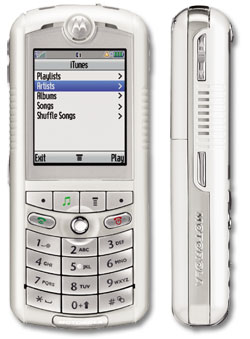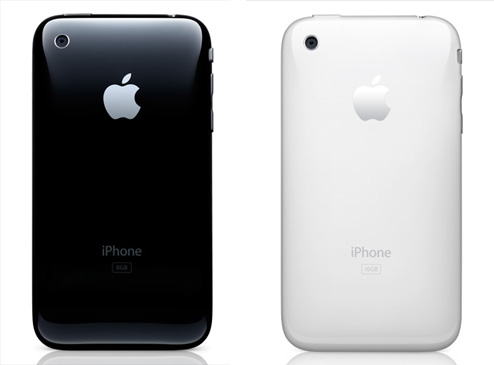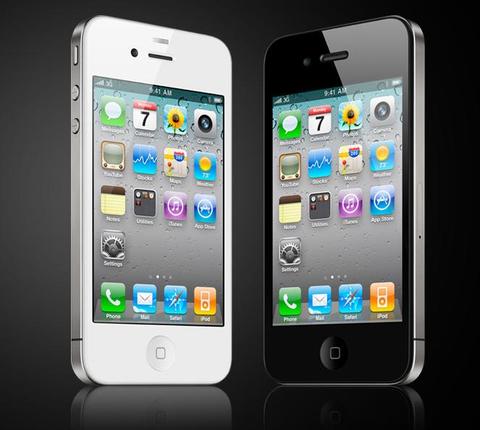Evolution Of The IPhone
The iPhone and Apple have come a long way. Apple has constantly revolutionized the way people listen to music and interact with others. Their mobile handset, the iPhone, has been the forerunner in mobile technology for years now, but it seems that they have forgotten their roots.
The iPhone hasn’t always been that sleek and super glossy icon of consumer tech that it has definitely become. So let’s take a look at the evolution of our favorite handset.

This was the first phone with iTunes, but it was short-lived. It’s almost comical that, since then, Motorola and Apple have been competitors — especially recently, with the Motorola Droid and the soon-to-launch Droid X. I almost find it hard to believe that this was a top phone in 2005. It’s a good thing Apple opted for a different style.
The revolution was in 2007, when the iPhone debuted. The first model was released with a relatively small reaction, compared to the iPhone 4. By the end of Apple’s third quarter in 2007, they had only sold 270,000 iDevices. I remember reading the news about how many people lined up to get this new device, but when put up against a number like 600,000, that seems like a small crowd.
However, you can still see the resemblance with the original; it had the iconic large, flat touchscreen and lack of buttons. But this model was larger and had an all silver backing. The iPhone first came in a 4 GB version, though 8 GB would follow. Pretty puny, compared to the 32 GB that is available now.
Next came the iPhone 3G in 2008. It was sleeker and slimmer, came in black or white, and had a glossy plastic back instead of the silver metal.
It was released with a larger reaction, which makes sense, because more people knew about the iPhone at this point. In the first three days of its launch, Apple sold over 1 million devices and an estimated 3 million in the first month.
This was the iPhone’s true entrance into the mass market because it appealed to business types, tech lovers, and mainstream Americans alike.
The iPhone 3GS is the current model, at least for the remainder of the next six days. On the outside the 3GS looked exactly the same as the 3G; it was on the inside that the major change took place.
The 3GS boasted twice the processing speed and came equipped with video recording. The 3GS however did have some build issues. There have been some reports that it’s prone to cracking, mainly around the corners.
And finally, the iPhone 4 that was just announced at WWDC 2010. The iPhone is flatter with more pronounced corners. It has a metal antenna system hooked into the metallic trim around the edge, and at 9.3 mm it is most definitely thinner.
The iPhone 4 has a “Retina Display” with the highest resolution of any current phone, at 900×640 dpi. With a new standard of clarity, the Retina Display’s pixels are ridiculously dense.
In fact, it exceeds what the human eye can register. It also has a larger viewing angle than most LCD screens. The iPhone 4 also has a front-facing camera, HD video recording and 512 MB of ram (which is twice that of the iPad). This will be put to good use for running iMovie and making full HD vids right on your device.
Apple’s latest also has a larger battery and its own custom A4 processor chip. There are many more features, but I won’t go into all of them. (But we have extensive coverage here on the site, so feel free to look around.) In pre-orders alone Apple has sold over 600,000 devices! We can only wait to see what the total numbers will be once this device is actually released to the masses.
So as you can see, Apple has come a long way. From humble beginnings, it went on to revolutionize the market. And now, it’s done it again by bringing the latest hardware and software features to mainstream users.
Who knows what’s to come in the future; as technology advances, we can only take wild guesses, and wait to see who was right. But one thing’s for sure. I can’t wait to see where Apple goes next.



